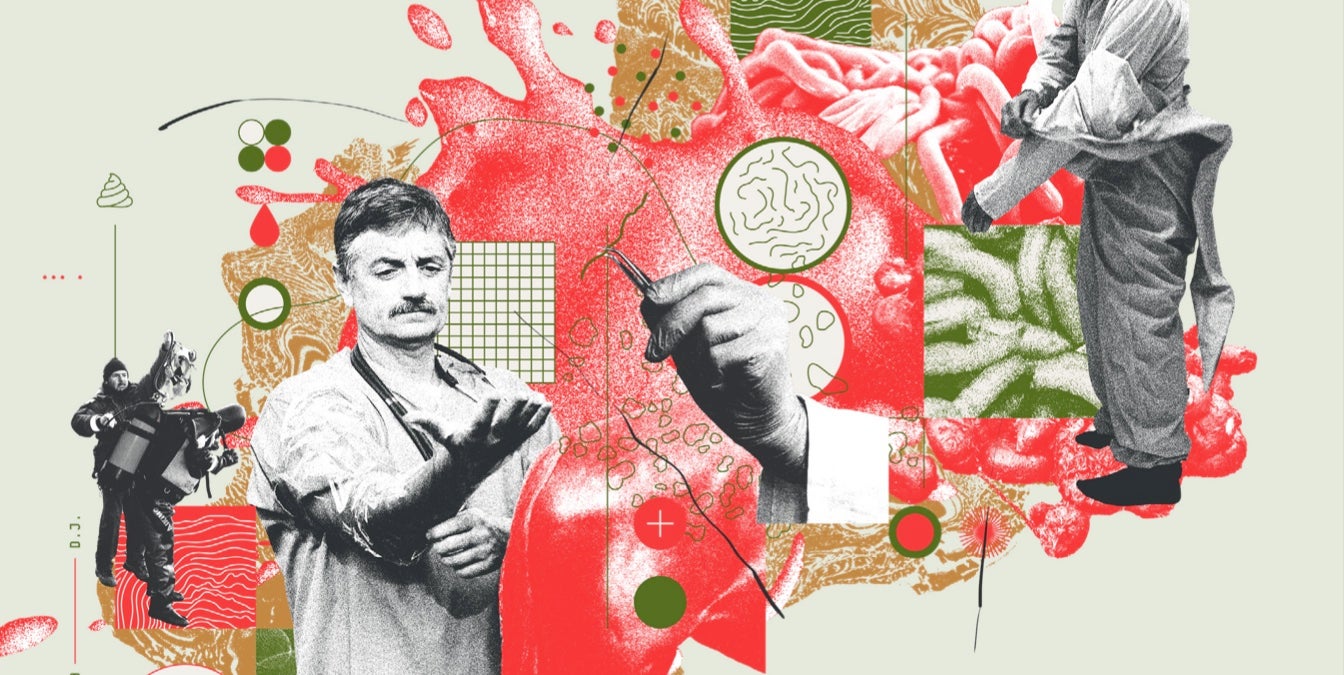|
A team of meteorologists, geologists, and other scientists are joining forces to better understand and predict dangerous dust storms kicking up off of Utah’s Great Salt Lake. Due to drought and increased activity on the shrinking lake, storms that were virtually nonexistent 15 years ago now occur some 15 times per year. The tempests can create dangerous travel conditions—which pose their own threat—but the more insidious effects lie in what the dust is made of: particulate matter small enough to be inhaled and damage the lungs. These particles have been linked to increased cancer risk and shorter lifespans. The Dust Squared project seeks to solve this new mess of a phenomenon.
Join PopSci on a tour of the 10 most disgusting—and essential—careers in science. From stomach-churning jobs like maggot farming to psychologically icky roles such as content moderation, Leigh Cowart explores just how good most of us really have it when it comes to clocking in.
PopSci contributor Sarah Scoles spends time with David Steinmann, an environmental consultant and research associate in Denver, CO, to learn more about the medical and chemical treasures that hide within the DNA of extremophiles—microorganisms that thrive in inhospitable areas like the bottom of the ocean or in caves filled with poisonous air. “The fruits of extremophiles’ quiet, evolutionary labor now go into everything from detergent to medicine. But exotic wrigglers in particular seem to be promising sources of antibiotics, ones that might even work against drug-resistant pathogens. Having lived with colonies of bacteria that they both need and need to fight, the critters may have developed biochemical coping mechanisms that could find their way into pills you buy at the pharmacy,” writes Scoles.
Popular Science editor Charlotte Hu guides readers through stunning photos of insects frozen in time. Their unfortunate deaths, which trapped them in amber some 100 million years ago or more, continue to provide a treasure trove of evolutionary information for modern entomologists.
PLUS: Six Projects, from Radical to Practical, to Banish Space Junk; The Tufted Dish Scrubber at the Center of Marine Biology; Reinventing the Humble Traffic Light to Open Up City Streets; From the Archive: How US Labs Came to Love Furry White Rats; and more. |


